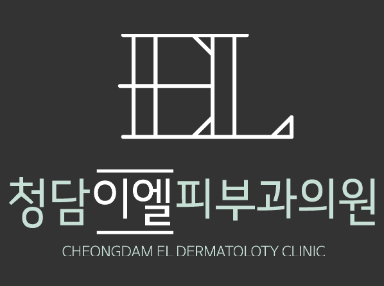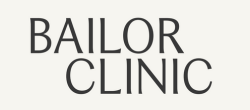Ultherapy vs. Thermage: What’s the Difference?
What is Ultherapy?
Ultherapy uses micro-focused ultrasound energy to deliver heat into the deeper layers of skin—including the SMAS layer (the layer targeted in surgical facelifts). It stimulates collagen production from “inside-out” to lift and firm sagging skin, especially around the face, neck, and chest.
What is Thermage?
Thermage uses radiofrequency (RF) energy to heat the dermal and sub-dermal layers of skin, stimulating new collagen and tightening skin more broadly. It’s well-suited for smoothing fine lines, improving texture, and treating larger areas beyond just the face.
Key Differences
Technology & Depth
- Ultherapy: Ultrasound means energy penetrates deeply, allowing lifting of the deeper structural layers of the skin (for example the SMAS).
- Thermage: RF energy works more broadly and superficially compared to ultrasound; excellent for texture, skin tightening over larger surface areas, but less deep penetration.
Ideal Treatment Areas & Goals
- Ultherapy: Best when you have sagging, drooping, especially in the lower face, jawline, neck or brow area and you want a lifting effect.
- Thermage: Ideal for mild to moderate laxity, skin texture issues, body areas (arms, abdomen, thighs), and contouring.
Results & Duration
- Ultherapy: Often shows more dramatic lifting effects, with peak improvements around 2–3 months and lasting up to 1–2 years (depending on skin aging & maintenance).
- Thermage: Results may appear more gradually (3–6 months) and tend to focus on firming and smoothing; typically maintenance may be needed sooner than deeper-lift treatments.
Comfort & Downtime
- Both treatments are non-surgical with minimal downtime.
- Because Ultherapy reaches deeper layers, some patients report more discomfort during treatment compared to Thermage.
- Thermage sessions for larger areas may take longer, and may involve slightly more surface heating sensation.
Cost & Customization
- Cost depends on area size, machine version, provider skill. Ultherapy for full face/neck tends to be higher cost because of the depth and precision.
- Thermage may offer a broader treatment scope (body + face) which could affect cost and number of sessions needed.
How to Choose the Right One
- If your main concern is visible sagging, lower face/jawline descend, or you want a true lifting effect: lean toward Ultherapy.
- If your goal is firming, smoothing, improving skin texture, especially over larger areas or body parts, Thermage may be the better fit.
- Sometimes a combination is ideal: use Ultherapy for structural lift and Thermage (or RF treatments) for surface firming and body areas.
- Always consult a skilled dermatologist who can assess your skin thickness, laxity, anatomy, and match the treatment to your needs.
Aftercare & Expectations
- Both treatments require post-treatment care: avoid heavy exercise or heat exposure (saunas) for 24–48 hours.
- You may experience mild redness, swelling or tingling—normative and temporary.
- Maintain skincare (sunscreen, hydration, good regimen) and consider periodic maintenance treatments to extend effects.


